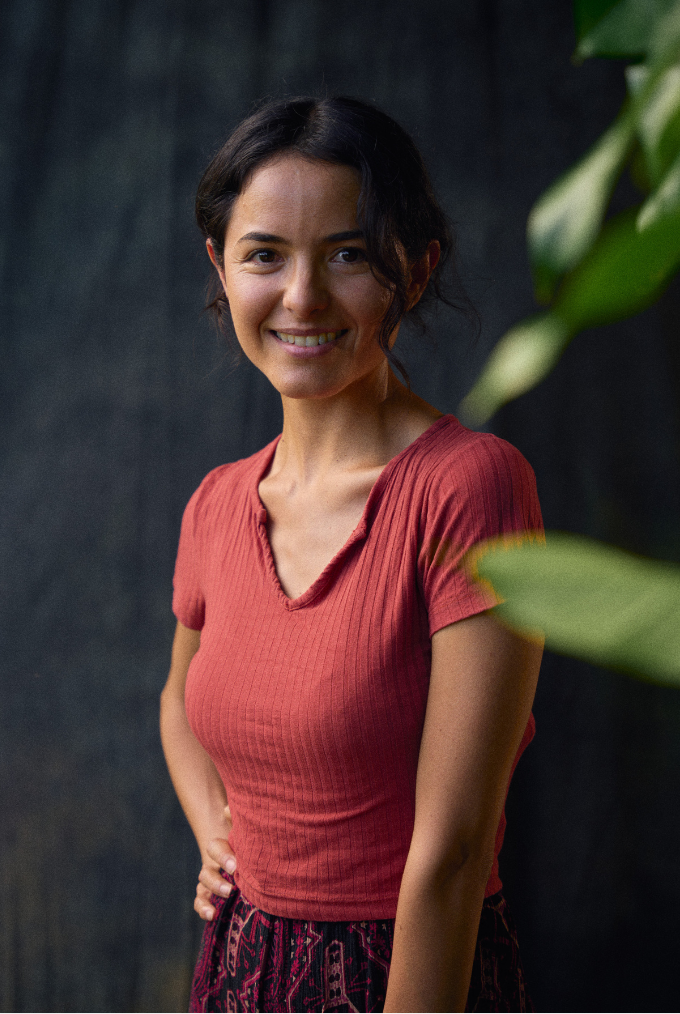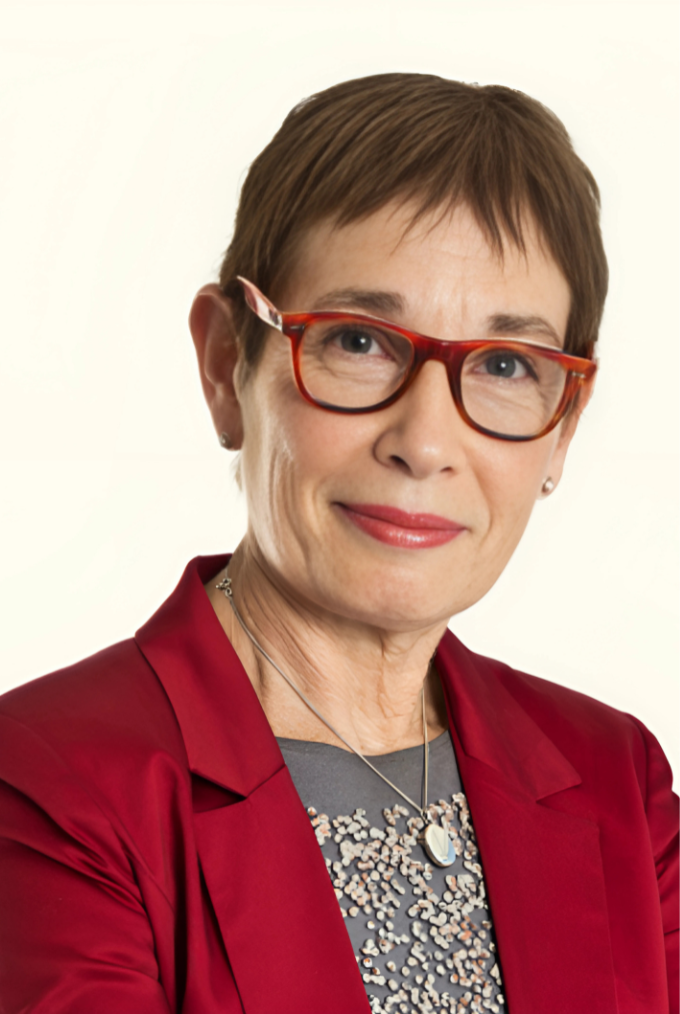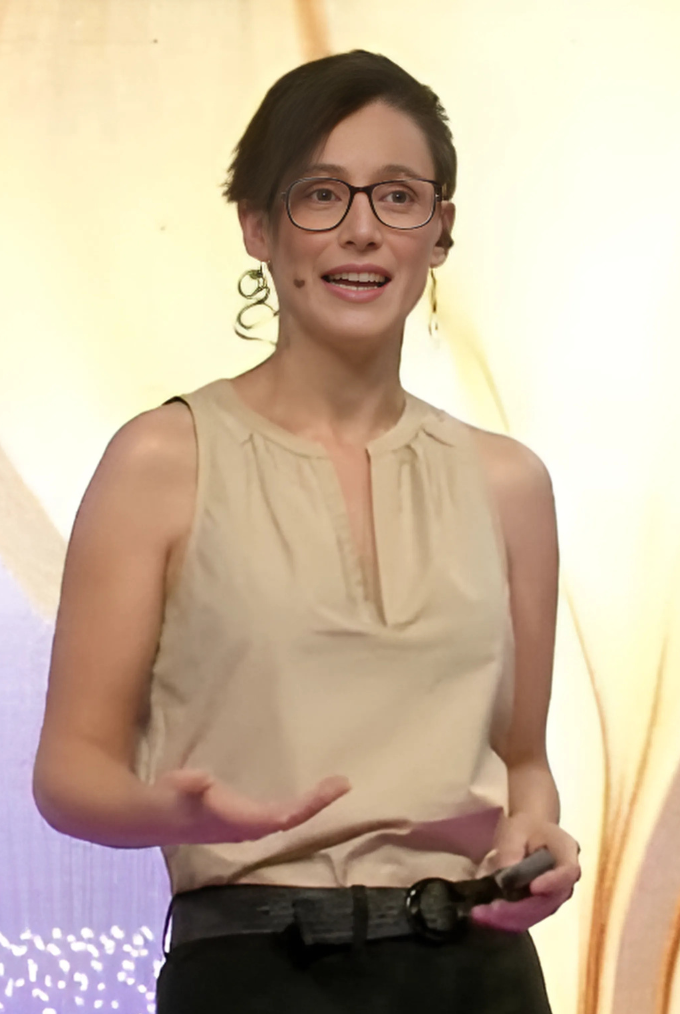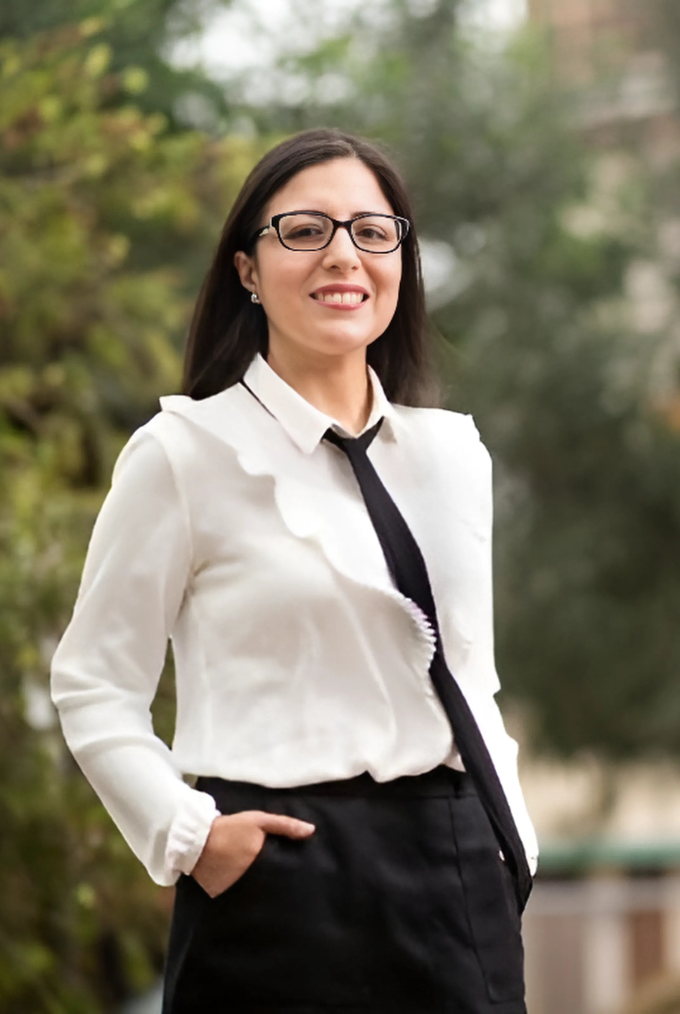For any journalist looking to cover science, communicating the findings of researchers and academics clearly and accurately is essential.
Learning to leverage sources such as scientific articles, commonly called papers—the primary way scientists share their studies and advances with the global community—is of great help.
Four science journalism experts from the region shared with LatAm Journalism Review (LJR) valuable recommendations for any reporter seeking to credibly translate specialized knowledge into accessible and relevant content for the general public.
Ana Cristina Alvarado, an Ecuadoran reporter for environmental journalism organization Mongabay Latam; Nora Bär, former president of the Argentine Network of Science Journalism; Macarena Rojas Abalos, president of the Chilean Association of Journalists and Professionals for Science Communication; and Fabiola Torres, Peruvian founder and director of the digital media outlet Salud con Lupa (Health under the Magnifying Glass), discuss the importance of identifying conflicts of interest, understanding the structure of a paper, seeking peer reviews and evaluating the credibility of journals, among other best practices.
Reporters who have chosen a scientific paper as a source should first determine the type of scientific study it is. There are several types of scientific studies based on criteria such as purpose or research method. Some studies are more comprehensive, with greater evidence, while others are preliminary or have more limited methodologies.

Ana Cristina Alvarado covers science and environmental issues for media outlets such as Mongabay Latam. (Photo: Anka Maldonado / Mullu TV)
“The more robust the source, the better it is to cite as a journalistic source,” Torres said. “There are many papers, but not all of them are suitable or of good quality to serve as sources or to support a journalistic article.”
The journalist recommends considering the evidence pyramid, a graphic representation that classifies types of scientific studies according to the level of evidence they offer. At the top of the pyramid are systematic reviews and meta-analyses, while at the bottom are observational studies and case reports.
"I think that pyramid should be there on our bulletin boards so that everyone who's using a study can ask themselves what kind of paper they've gotten their hands on," she said.
Reporters should be aware of certain details that could indicate lack of quality in a scientific study. The number of participants in experiments, results that are too good, vague methodology and exaggerated findings are some potential red flags mentioned by experts.
“It's impossible for anyone who isn't a specialist in a subject to determine whether a study is well done or not,” Bär said. “Even as a reporter specializing in science journalism, there are times when you can't tell if there's something 'strange' about the work. But for example, when the number of subjects participating in an experiment is very small, that already raises alarm bells.”
Journalists should also pay attention to the authors' experience on the subject, Rojas Abalos said.
“We have to look at who the authors are, whether they have expertise in the subject, or whether they are people who are newly publishing science,” she said. “It's not about taking the first thing that comes out 'because science says so.' We have to question what that science is, who those experts are. We can't just swallow whatever they tell us.”
Typically, serious papers have a section at the end where the authors declare any conflicts of interest in their research. These conflicts of interest can indicate potential bias in the results, Alvarado said.
"If you read a paper that claims to be scientific and doesn't include this [conflict of interest declaration] at the end, it's probably not a good source," the journalist said.
Another way to detect potential conflicts of interest is to find out who funded the study in question. If the sponsors were companies or industries, it's cause for suspicion, the journalists agreed.
“When public relations professionals from the pharmaceutical or food industries write to us, they send studies that have very interesting topics, but are sponsored by a self-interested source,” Torres said. “That's not news, but rather data for future research. We don't [consider] that type of study because we already know there's an interest behind it and little science.”
The journalists also mentioned the tobacco, mining and energy industries as among those that most sponsor scientific studies for marketing purposes.
One of the first things to do after reading a scientific article for a report is to interview its authors, the four journalists agreed.

Nora Bär was editor of Science and Health at La Nación and president of the Argentine Network of Scientific Journalism. (Photo: Screenshot from Nora Bär's website)
Although contacting scientists can sometimes be difficult, interviewing them is necessary to avoid misinterpretations or inaccuracies of the findings by journalists, Rojas Abalos said.
Consulting authors also increases the rigor of reporting and helps better translate evidence into colloquial language, Torres said.
“Papers have a structure, and their writing isn't always detailed, or there may be some missing data,” she said. “Talking to the authors gives you a better understanding of the exact purpose and limitations of what they're doing, if they haven't clearly stated them in the study.”
Sometimes it may be necessary to return to the authors to verify information that isn't entirely clear. However, as with any other journalist's sources, sharing the full text with them for approval should be avoided, Alvarado said.
"If the scientist explains something specific to me in their own words, such as a concept, a phenomenon, a result or a methodology, and I then try to make it more palatable by changing the wording, what I do is verify with them that changing the wording doesn't also change the concept," the journalist said. "But I always follow the rule of not sending them the text to avoid any type of censorship or leak."
Rojas Abalos said that in Chile, it's common for scientists to ask to see the article after giving an interview. However, the journalist said this isn't recommended for ethical reasons.
“Chilean researchers ask you, ‘Send me the story first so I can give you the green light that you're not taking me out of context,’” he said. “You have to tell the researchers: ‘You can't do that,’ and journalists should never do that.”
The press's deadline comes much sooner than that of scientific research. And it's important for journalists to take this into account when reporting on ongoing research or seeking interviews with scientists, Rojas Abalos said.
“You start work at 9 a.m., and at 5 a.m. you have to deliver something to a small media outlet. There's no time for that researcher to respond to your email or WhatsApp message within three minutes,” she said. “It has a bit to do with empathy, understanding how other people's lives work, how writing a scientific article works, and how the journalistic profession works.”
For a more productive reading of a scientific paper, reporters should familiarize themselves with the structure and language of this type of publication.

Macarena Rojas Abalos is an academic and science communicator on radio and TV in Chile. (Photo: Macarena Rojas Abalos' X profile)
“You have to take the time to understand the structure of a paper, which is ultimately very different from the structure of a news article,” Rojas Abalos said. “It’s not about ‘big news.’”
While news articles typically follow the inverted pyramid structure, with the most important and newsworthy information appearing first, scientific publications commonly use the IMRAD format, with the introduction first, followed by the methodology, then the results, and finally the discussion.
In addition to interviewing the authors of a paper, it's good practice to seek expert opinions from scientists outside the study in question, the journalists agreed. Ideally, reporters should seek out researchers with similar credentials to compare the methodology, results and conclusions of a study they intend to use as a source.
"The best thing to do when you have a paper is to find a scientist who knows about the same topic and isn't involved in that study, precisely so you can ask them, 'What do you know about this and what do you think about the conclusions being presented?'" Rojas Abalos said.
Bär said this must be done not only to comply with the skepticism inherent in journalism, but because in science there are often opposing interpretations of the same phenomenon.
“There are issues where half the library points one way and the other half points the other way. There are different and sometimes controversial assessments of the same finding, the same study,” Bär said. “[Peer review] allows us to better understand whether the work was well done and whether its proposed results or conclusions are credible.”
Before reviewing a scientific article, Rojas Abalos recommended reviewing the journal's impact factor. This index is a metric that indicates the frequency with which a publication's articles are cited in a given period and is used to estimate the relevance of journals within a discipline.
“In general, one tends to go to the major journals, like Science and Nature, but sometimes we can find excellent research that is super robust, with very good data, in more specific, niche journals that have a very good impact factor,” Rojas Abalos said.
The Committee on Publication Ethics, a global organization that promotes integrity in academic publishing, consistently warns about the existence of "predatory journals"—scholarly publications that appear legitimate but lack peer review and editorial standards and seek to profit by charging publishing fees.
“There are millions of scientific journals. So, we have to focus on relevance. Reading newspaper A isn't the same as reading newspaper Z,” Rojas Abalos said. “The same thing happens with research.”
Although scientific and academic journals are an excellent source of papers, many of them publish in other languages or require a subscription, making them inaccessible to many journalists, Torres said.

Fabiola Torres is the founder and director of Salud con Lupa in Peru. (Photo: Fabiola Torres' X profile)
The journalist said that a good alternative is to turn to universities and research centers, which often have large repositories of scientific publications.
“I would recommend that journalists look within their own countries and map out the universities that are producing research and what their research centers specialize in,” Torres said. “Often, the studies that are conducted aren't disseminated or remain within a very closed group.”
Bär recommended creating an agenda of researchers that would publicize the work they are doing, in addition to joining networks of science journalists to consult with each other.
Mongabay, for example, has a team within its global newsroom tasked with reviewing the world's leading scientific publications in search of papers on topics of interest to the outlet's editorial staff around the world, Alvarado said.